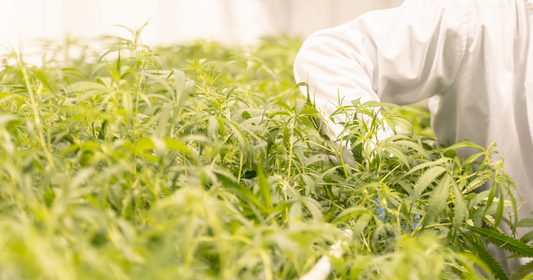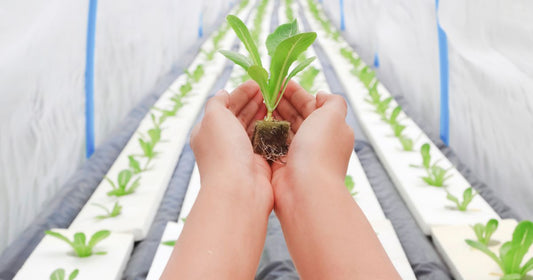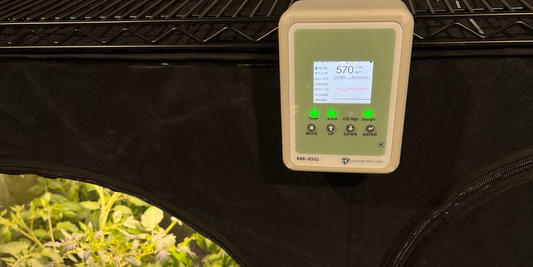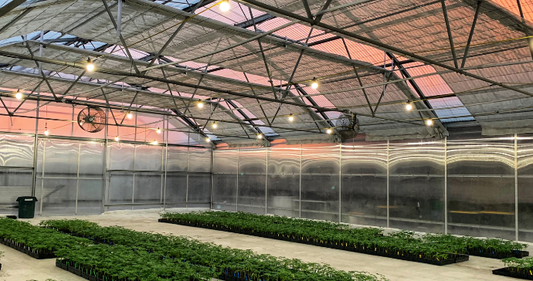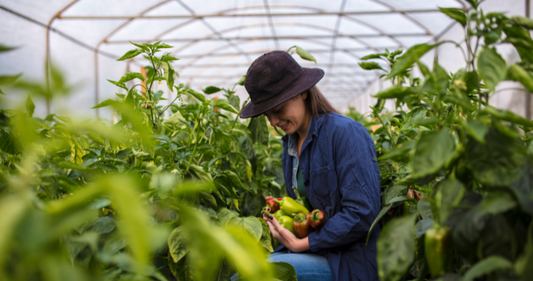News
Sidebar
Categories
CO2 Safety in Cannabis Grow Rooms: Compliance, Monitoring & Yield Optimization
Learn why CO2 safety is critical in cannabis cultivation facilities. Discover best practices for enrichment, gas detection compliance, and how to protect plants and personnel with the right CO2 monitors and controls.
How Indoor Farming Uses CO2 to Boost Yields and Ensure Safety
Explore how indoor farming applications from vertical farms to mushroom cultivation use CO2 to boost crop yields and maintain safe grow environments. Discover how CO2Meter’s CO2 safety solutions and controllers can ensure compliance and increase productivity.
5 Best CO2 Controllers for your Grow Room
What is CO2 Enrichment?
How to Implement CO2 to your Grow
Stay Informed with Our Latest Updates
Subscribe to our newsletter for the latest news, product updates, and industry insights.
Still need Help? Talk to an Expert.
We'll be happy to help you find the right product!
Call us at 877.678.4259.
Still need Help? Talk to an Expert.
We'll be happy to help you find the right product!
Call us at 877.678.4259.
Still need Help? Talk to an Expert.
We'll be happy to help you find the right product!
Call us at 877.678.4259.
Still need Help? Talk to an Expert.
We'll be happy to help you find the right product!
Call us at 877.678.4259.
Still need Help? Talk to an Expert.
We'll be happy to help you find the right product!
Call us at 877.678.4259.
Still need Help? Talk to an Expert.
We'll be happy to help you find the right product!
Call us at 877.678.4259.
Still need Help? Talk to an Expert.
We'll be happy to help you find the right product!
Call us at 877.678.4259.
Still need Help? Talk to an Expert.
We'll be happy to help you find the right product!
Call us at 877.678.4259.
Still need Help? Talk to an Expert.
We'll be happy to help you find the right product!
Call us at 877.678.4259.
Still need Help? Talk to an Expert.
We'll be happy to help you find the right product!
Call us at 877.678.4259.
Still need Help? Talk to an Expert.
We'll be happy to help you find the right product!
Call us at 877.678.4259.
Still need Help? Talk to an Expert.
We'll be happy to help you find the right product!
Call us at 877.678.4259.
Still need Help? Talk to an Expert.
We'll be happy to help you find the right product!
Call us at 877.678.4259.
Still need Help? Talk to an Expert.
We'll be happy to help you find the right product!
Call us at 877.678.4259.
Still need Help? Talk to an Expert.
We'll be happy to help you find the right product!
Call us at 877.678.4259.
Still need Help? Talk to an Expert.
We'll be happy to help you find the right product!
Call us at 877.678.4259.
Still need Help? Talk to an Expert.
We'll be happy to help you find the right product!
Call us at 877.678.4259.
Still need Help? Talk to an Expert.
We'll be happy to help you find the right product!
Call us at 877.678.4259.
Still need Help? Talk to an Expert.
We'll be happy to help you find the right product!
Call us at 877.678.4259.
Still need Help? Talk to an Expert.
We'll be happy to help you find the right product!
Call us at 877.678.4259.
Still need Help? Talk to an Expert.
We'll be happy to help you find the right product!
Call us at 877.678.4259.
Still need Help? Talk to an Expert.
We'll be happy to help you find the right product!
Call us at 877.678.4259.
Still need Help? Talk to an Expert.
We'll be happy to help you find the right product!
Call us at 877.678.4259.
Still need Help? Talk to an Expert.
We'll be happy to help you find the right product!
Call us at 877.678.4259.
Still need Help? Talk to an Expert.
We'll be happy to help you find the right product!
Call us at 877.678.4259.

